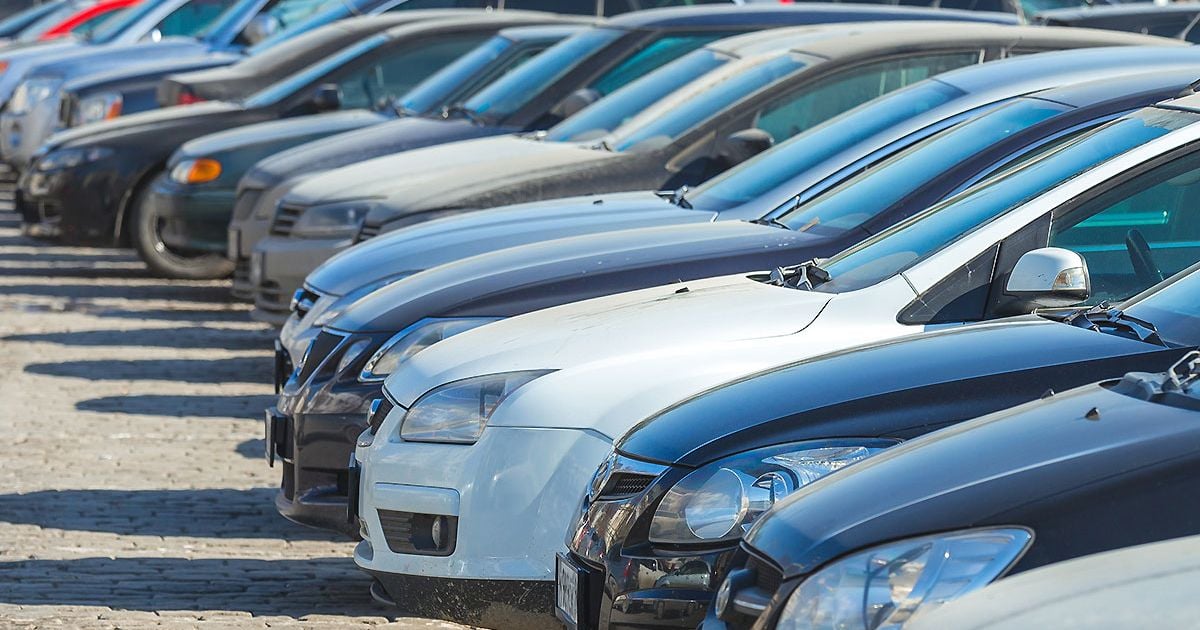
Used Car Week has come and gone, and as I parse the many notes and recordings I gathered during my time in San Diego, I’d like to think I’ve gleaned an improved understanding of the state of the used-car market.
And I have. At least for now.
If the last two years and eight months have proved anything, it’s how quickly the auto industry and markets within it can change. The industry saw firsthand how instantly a phenomenon as world-stopping as the coronavirus pandemic threw operations out of whack — parts shortages and supply chain issues sprang up, new-vehicle production stagnated and dealers turned to used cars and trucks to supplement their inventories.
Through 2021, dealers saw a need to fill their lots with even more used vehicles. That year, in a time when new vehicles were scarce, a dealership’s used vehicles sometimes became the lifeblood of business. Dealers saw a need to become innovative with how quickly they acquired those vehicles — after all, even used cars turned quickly in 2021 when more consumers were flush with cash.
But now, near the end of an inflation-riddled 2022, traditional dealerships and the online used-vehicle retailers I cover appear to be stepping back and closely watching the used-car market, monitoring it for further demand fluctuations in the forthcoming year that would not bode well for their financial well-being.
The buzzwords at Used Car Week were discipline, caution and efficiency, not “acquire and sell as much volume as possible.” According to industry experts and market analysts, it is time for dealers to think about evolving their used-car acquisition and marketing strategies to match a changed demand reality.
In the closeout of the year, I’d like to hear from readers who also will be trying to stay on top of any changes in the used-vehicle market. If you’re a dealer, are customers seeking more affordable cars? Are you considering revising your used-vehicle sales strategy in response to market conditions?